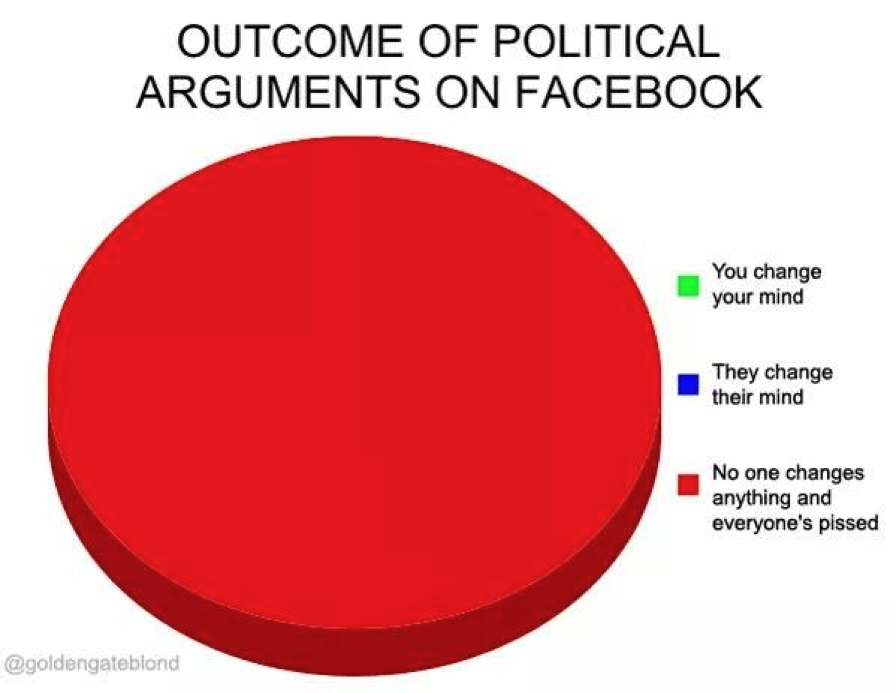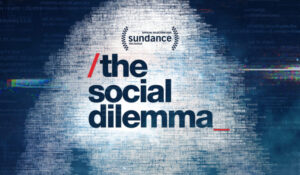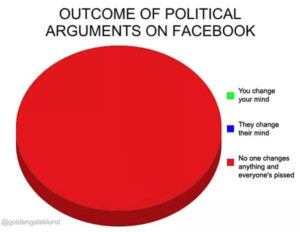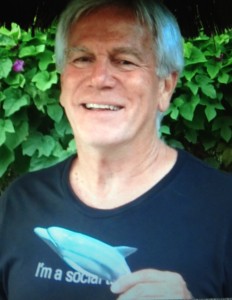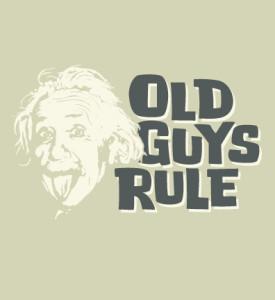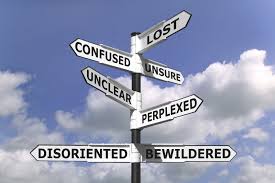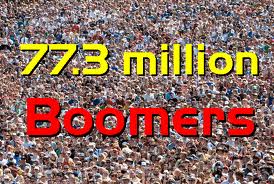By Suzanne Sparrow Watson
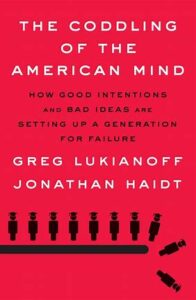 I listened to an interesting podcast the other day wherein NYU professor Jonathan Haidt was interviewed about his book, The Coddling of the American Mind: How Good Intentions and Bad Ideas Are Setting Up a Generation for Failure. The book takes a deep dive into the culture of “safetyism” that has developed on college campuses and how it interferes with young people’s social, emotional, and intellectual development and has contributed to the divisions we see in our culture. It’s more complicated than that, and certainly more nuanced that I can do justice to here. He’s an interesting guy and has a number of videos on YouTube if you want to learn more about him and his research.
I listened to an interesting podcast the other day wherein NYU professor Jonathan Haidt was interviewed about his book, The Coddling of the American Mind: How Good Intentions and Bad Ideas Are Setting Up a Generation for Failure. The book takes a deep dive into the culture of “safetyism” that has developed on college campuses and how it interferes with young people’s social, emotional, and intellectual development and has contributed to the divisions we see in our culture. It’s more complicated than that, and certainly more nuanced that I can do justice to here. He’s an interesting guy and has a number of videos on YouTube if you want to learn more about him and his research.
 What caught my attention, and led me to this post, was his discussion about the effect of social media on young people. (I actually started this post a couple of weeks ago after I watched Haidt, and coincidentally blends right into what my brother posted about last week). Haidt cited a statistic that was startling: between 2010 and 2015 the suicide rate of teenage girls almost tripled. Haidt concluded the advent of social media, with its constant bombardment of “influencers” who appear to have a perfect face and body, combined with negative, sometimes cruel, comments young girls receive about their own posts, is a primary cause of depression and feelings of worthlessness. This struck a chord with me, as I had just remarked to a friend that I couldn’t imagine being a teenager today, having to be constantly “photo worthy”. Heck, my heart skips a beat now when someone accidently FaceTime’s me. If I don’t have my hair done and makeup on, I pretend I was in the shower when they called.
What caught my attention, and led me to this post, was his discussion about the effect of social media on young people. (I actually started this post a couple of weeks ago after I watched Haidt, and coincidentally blends right into what my brother posted about last week). Haidt cited a statistic that was startling: between 2010 and 2015 the suicide rate of teenage girls almost tripled. Haidt concluded the advent of social media, with its constant bombardment of “influencers” who appear to have a perfect face and body, combined with negative, sometimes cruel, comments young girls receive about their own posts, is a primary cause of depression and feelings of worthlessness. This struck a chord with me, as I had just remarked to a friend that I couldn’t imagine being a teenager today, having to be constantly “photo worthy”. Heck, my heart skips a beat now when someone accidently FaceTime’s me. If I don’t have my hair done and makeup on, I pretend I was in the shower when they called.
 It seems every young woman I see lately is clutching her phone like a lifeline. I think about how far we have come from the more reticent generations before us. It was pretty common growing up that our mothers – and certainly our grandmothers – were known to say, “Oh, don’t put me in the picture!” Now we have social media platforms that contain nothing but people taking pictures of themselves. I keep an Instagram account to post photos of Dash the Wonder Dog, and a lot of the photos that come across my feed are of women with their phone to their face, trying to pose in just the right way, with their lips in the perfect pout or their hair tousled to project something between “I just got up” and “I’m the sexiest person alive”. I’d like to blame the Kardashians for starting this trend, but that’s too easy a target. There are plenty of people, and companies, to blame for this fascination with how we look and the compulsion to let others know how we look.
It seems every young woman I see lately is clutching her phone like a lifeline. I think about how far we have come from the more reticent generations before us. It was pretty common growing up that our mothers – and certainly our grandmothers – were known to say, “Oh, don’t put me in the picture!” Now we have social media platforms that contain nothing but people taking pictures of themselves. I keep an Instagram account to post photos of Dash the Wonder Dog, and a lot of the photos that come across my feed are of women with their phone to their face, trying to pose in just the right way, with their lips in the perfect pout or their hair tousled to project something between “I just got up” and “I’m the sexiest person alive”. I’d like to blame the Kardashians for starting this trend, but that’s too easy a target. There are plenty of people, and companies, to blame for this fascination with how we look and the compulsion to let others know how we look.
 Aside from the damage all this does to self-esteem, the bigger concern for me is the inward focus of this trend. The “influencers” give the impression that if you just have the right clothes, purse, makeup, yada yada, life will be good. But those of us of a certain age know that no amount of beautiful outward trappings will bring you happiness. Which is why Heidt is so concerned about the mental health of young people, who strive so hard to replicate an airbrushed version of someone and are then bitterly disappointed when they fall short. I think this is an urgent problem that needs a drastic solution. Removing phones is impractical and unrealistic – we can’t put that genie back in the bottle. Maybe we need to have a draft for young people where they are required to do community service. It would not only get them out of the house and into broader society, but it would also expose them to people less fortunate, who have bigger problems than not having the right brand of sneakers or a statement handbag. It would be a start.
Aside from the damage all this does to self-esteem, the bigger concern for me is the inward focus of this trend. The “influencers” give the impression that if you just have the right clothes, purse, makeup, yada yada, life will be good. But those of us of a certain age know that no amount of beautiful outward trappings will bring you happiness. Which is why Heidt is so concerned about the mental health of young people, who strive so hard to replicate an airbrushed version of someone and are then bitterly disappointed when they fall short. I think this is an urgent problem that needs a drastic solution. Removing phones is impractical and unrealistic – we can’t put that genie back in the bottle. Maybe we need to have a draft for young people where they are required to do community service. It would not only get them out of the house and into broader society, but it would also expose them to people less fortunate, who have bigger problems than not having the right brand of sneakers or a statement handbag. It would be a start.
I promise – next week we will be back to talking about football or cake or something a bit lighter!
